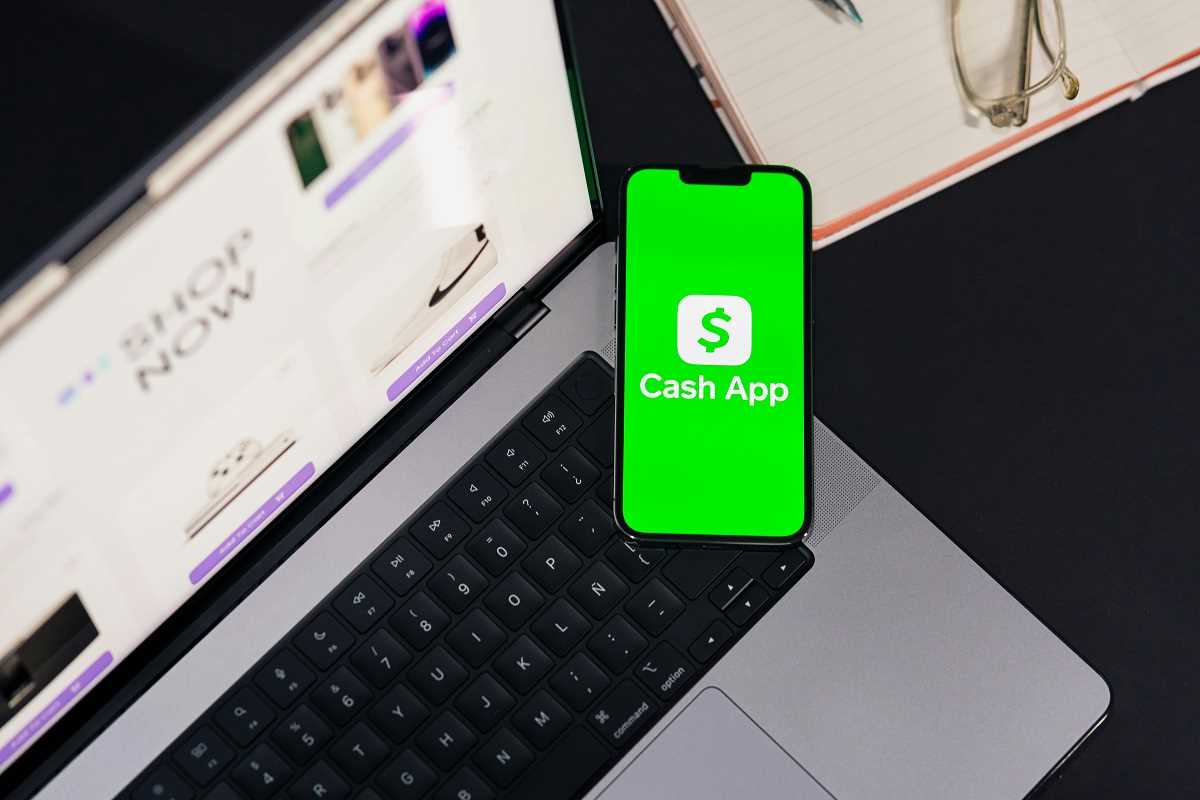Black Friday and Cyber Monday are some of the busiest shopping days of the year, offering incredible opportunities for e-commerce businesses to boost sales and attract new customers. Success during these peak shopping periods lies in preparation. From ensuring you have enough inventory to fine-tuning your website, here are strategies to maximize your success.
1. Forecast Demand and Optimize Inventory Management
The last thing you want to do on Black Friday is turn away customers because of stock shortages. To capitalize on potential sales:
- Analyze past sales data to identify bestsellers during previous Black Friday and Cyber Monday periods. Focus on restocking these products.
- Predict high-demand items using tools such as Google Trends or by monitoring industry chatter.
- Order inventory early. Supply chain delays often spike as the holidays approach, so secure your stock well in advance.
- Consider offering bundles or limited-time collections to make slow-moving inventory more attractive.
Communicate with your suppliers regularly to track stock delivery timelines and avoid last-minute surprises.
2. Optimize Website Performance
A slow or glitchy website can drive potential customers away, especially when traffic spikes on Black Friday. Some crucial steps include:
- Test website speed using tools like Google PageSpeed Insights. Optimize images, reduce code bloat, and enable browser caching to reduce load times.
- Prepare for increased traffic by scaling up your server capacity or moving to a Content Delivery Network (CDN) service.
- Perform a mobile-friendliness audit. Since a large portion of online shopping is now done via mobile, ensure your site functions seamlessly across all devices.
Run a simulated stress test of your e-commerce platform to see how it performs under heavy traffic, and fix any vulnerabilities beforehand.
3. Craft Eye-Catching Promotions and Discounts
Shoppers expect compelling deals during Black Friday and Cyber Monday. Here’s how to stand out.
Use tiered discounts. For example, offer 10% off for purchases over $50, 20% for over $100, and so on. This strategy encourages higher spending. Create a sense of urgency with limited-time offers, countdown timers, or flash sales. Highlight exclusive online deals, ensuring your promotions are easy to find on your website's homepage. Reward loyal customers by offering early access to your deals or providing exclusive discounts through a loyalty program.
4. Plan and Execute a Marketing Blitz
Effective marketing ensures your customers know what you’re offering well before Black Friday arrives. Build buzz by:
- Launching email campaigns weeks in advance. Tease upcoming deals, remind customers to mark their calendars, and offer sneak peeks of highlighted products.
- Leverage social media. Share behind-the-scenes content, countdowns, or even run contests to generate excitement around your upcoming sales.
- Invest in paid ads. Google Shopping and social media ads can help you capture shoppers actively searching for Black Friday and Cyber Monday deals.
Use retargeting ads to re-engage visitors who previously browsed your site but didn’t make a purchase.
5. Elevate Customer Service
With an increase in traffic and sales, customer service becomes even more critical during this time. Prepare your team by:
- Training staff on how to handle a higher volume of inquiries. Ensure they can assist with everything from order tracking to promo codes.
- Set up a live chat feature on your website so customers can resolve any issues in real-time.
- Provide a clear FAQ section, including return policies, shipping details, and troubleshooting tips.
:
Offer dedicated customer service hours for Black Friday and Cyber Monday to ensure shoppers know they’re supported.
6. Streamline the Checkout Process
An overly complicated checkout process is a major conversion killer. Simplify it by:
- Offering guest checkout options for those who don’t want to create an account.
- Providing multiple payment methods, including credit cards, digital wallets (like PayPal or Apple Pay), and Buy Now, Pay Later options.
- Ensuring your cart abandonment emails are set up and personalized to nudge hesitant customers back to complete their purchase.
- Test your checkout process thoroughly to eliminate technical glitches like errors with promo code redemption or payment failures.
7. Create an Effective Post-Sale Experience
Your customers’ experience doesn’t just end after they’ve clicked "Buy." Make sure they have a seamless post-sale experience by:
- Sending confirmation emails immediately after purchase with a summary of their order.
- Offering real-time order tracking to build trust and reduce anxiety.
- Following up with thank-you emails or discounts toward their next purchase to encourage repeat business.
- Use post-sale surveys to gather feedback and identify ways to enhance future shopping experiences.
8. Prepare for Returns
With increased sales volumes come more returns. Set clear expectations and make the return process as hassle-free as possible:
- Clearly state return policies on product pages and during checkout.
- Automate return approvals using technology to prevent unnecessary delays.
- Offer free or discounted return shipping to enhance customer satisfaction.
Where possible, include return labels within shipments for added convenience.
The key to dominating Black Friday and Cyber Monday lies in preparation. Preparation today will translate to profits tomorrow. Start planning early, execute with precision, and you’ll not only boost your sales but also build customer loyalty that lasts beyond the holidays.

 (1).jpg)





